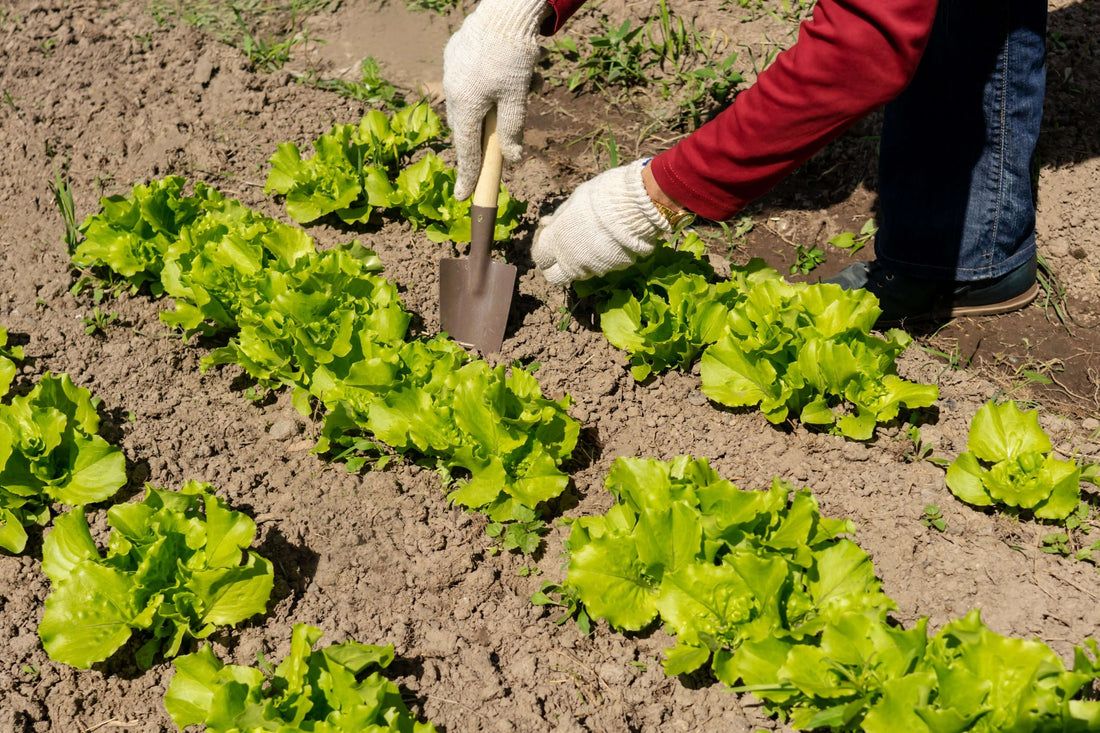
The Best Method for Organic Lettuce Planting in the US
Share
Topics Covered:
1. Introduction to Organic Lettuce Farming
2. Benefits of Organic Farming Practices
3. Choosing the Right Location for Your Lettuce Patch
4. Soil Preparation and Amendments
5. Planting Lettuce Seeds
6. Watering and Maintenance
7. Harvesting Your Organic Lettuce
8. Conclusion
Introduction to Organic Lettuce Farming
Organic lettuce farming is a sustainable and environmentally friendly way to grow this popular leafy green. By following organic agricultural practices, you can ensure that your lettuce is free from harmful chemicals and pesticides.
Benefits of Organic Farming Practices
Organic farming promotes soil health, biodiversity, and water conservation. It also helps reduce pollution and protects the health of farm workers. By choosing organic methods, you are contributing to a healthier ecosystem.
Choosing the Right Location for Your Lettuce Patch
When selecting a location for your lettuce patch, choose a spot that receives plenty of sunlight and has well-draining soil. Avoid areas that are prone to flooding or have poor air circulation.
Soil Preparation and Amendments
Prior to planting, enrich your soil with organic fertilizer, worm castings, and dairy compost. These natural inputs provide essential nutrients for your lettuce plants to thrive. Consider using products like Dan's Gold Organic Dairy Compost and Mikey's Worm Poop Organic Dairy Vermicompost Worm Castings for optimal results.
Planting Lettuce Seeds
Sow your lettuce seeds directly into the prepared soil, following the recommended spacing guidelines. Keep the soil consistently moist but not waterlogged to encourage germination. Thin out seedlings as needed to allow proper airflow.
Watering and Maintenance
Water your lettuce plants regularly, especially during dry spells. Mulch around the base of the plants to retain moisture and suppress weeds. Monitor for pests and diseases, opting for organic solutions when necessary.
Harvesting Your Organic Lettuce
Harvest your lettuce leaves when they reach the desired size, typically around 6-8 inches long. Cut the leaves at the base, leaving the plant to continue producing new growth. Enjoy the fresh, crisp taste of your homegrown organic lettuce!
Conclusion
By following these organic farming practices, you can cultivate delicious and nutritious lettuce in your own backyard. Embrace sustainability, protect the environment, and savor the rewards of growing your own organic produce.


